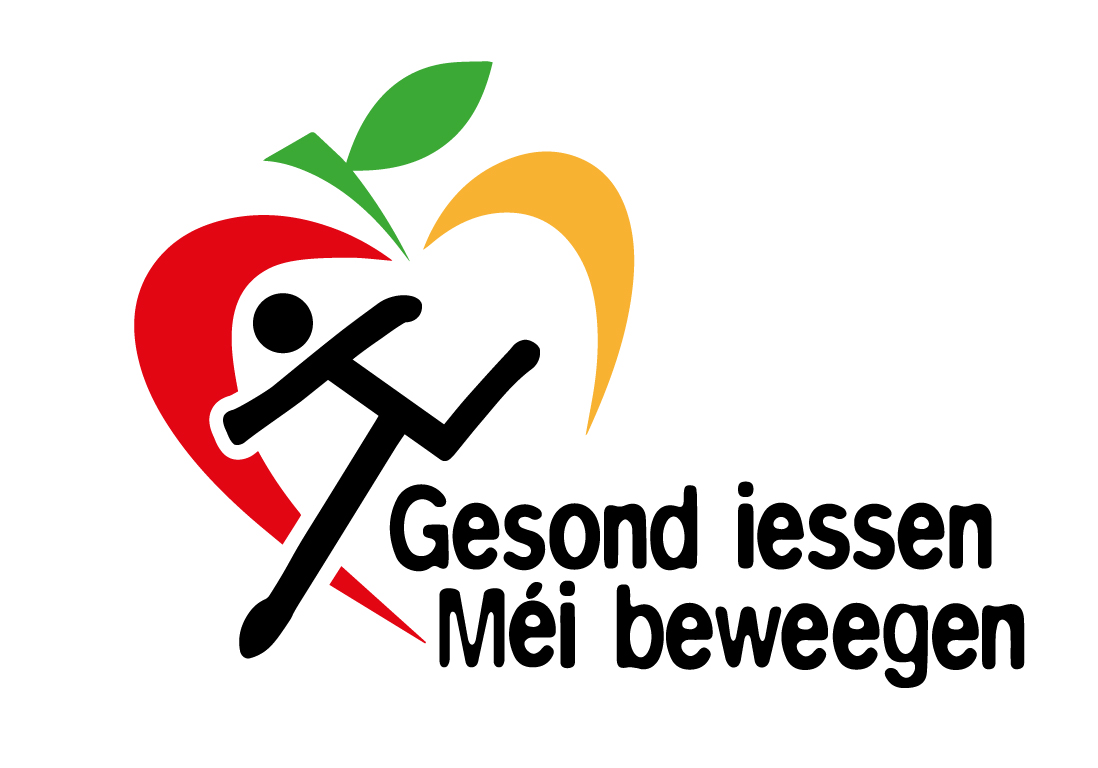Portions
What is a portion?
A portion is defined by the size of your hand, so someone with larger hands will have a bigger portion.
Fruit and vegetables : 5 portions
A portion of fruit and vegetables represents approximately 80-100g: an average-sized tomato, apple or peach; a bowl of soup; 2 apricots; 2 mandarins; 2 handfuls of strawberries, raspberries, grapes or chopped vegetables, etc.
Cereals and potatoes : 4 portions
A portion is equivalent to the amount represented by one hand, for example: 1 slice of bread or 2 handfuls of potatoes, muesli, pasta etc. This is approximately equivalent to 200g of the cooked product.
Milk, yoghurt and cheese : 3 portions
One portion of milk, yoghurt or cheese represents a glass of milk (200ml) and can be replaced by: 1 small pot of yoghurt (125g), 3 tablespoons of cream or cottage cheese, 20g of hard cheese (such as Emmental), 45g of soft cheese (such as Camembert).
Meat, fish, eggs and vegetarian alternatives : 1 portion spread over 1 or 2 meals.
1 portion of meat, poultry or fish is defined by the size of your fist, so someone with larger hands will have a bigger portion. A portion could also be 2 eggs, 50-100g of soya products or seitan, or 150-220g of cooked pulses (40-50g raw).
A portion can be spread over 1 or 2 meals.
For animal protein sources, the portion is normally eaten in 1 meal.
An equivalent portion of vegetable protein has a greater volume and is easier to spread over 2 meals.
Fats and nuts : in small quantities
Portions of fats and nuts are not defined by your hand size.
Whether they are plant-based (olive oil, rapeseed oil, sunflower oil, etc.) or animal-based (butter, soft cheese, lard or goose fat), they are all very calorific, which is why they should be eaten in small quantities.
One portion is approximately equivalent to a tablespoonful.
Foods and drinks high in sugar, salt and fats : eat in moderation
A portion of these extras might be, for example: a handful of sweets or chocolates, or a small glass of lemonade.
Last update

